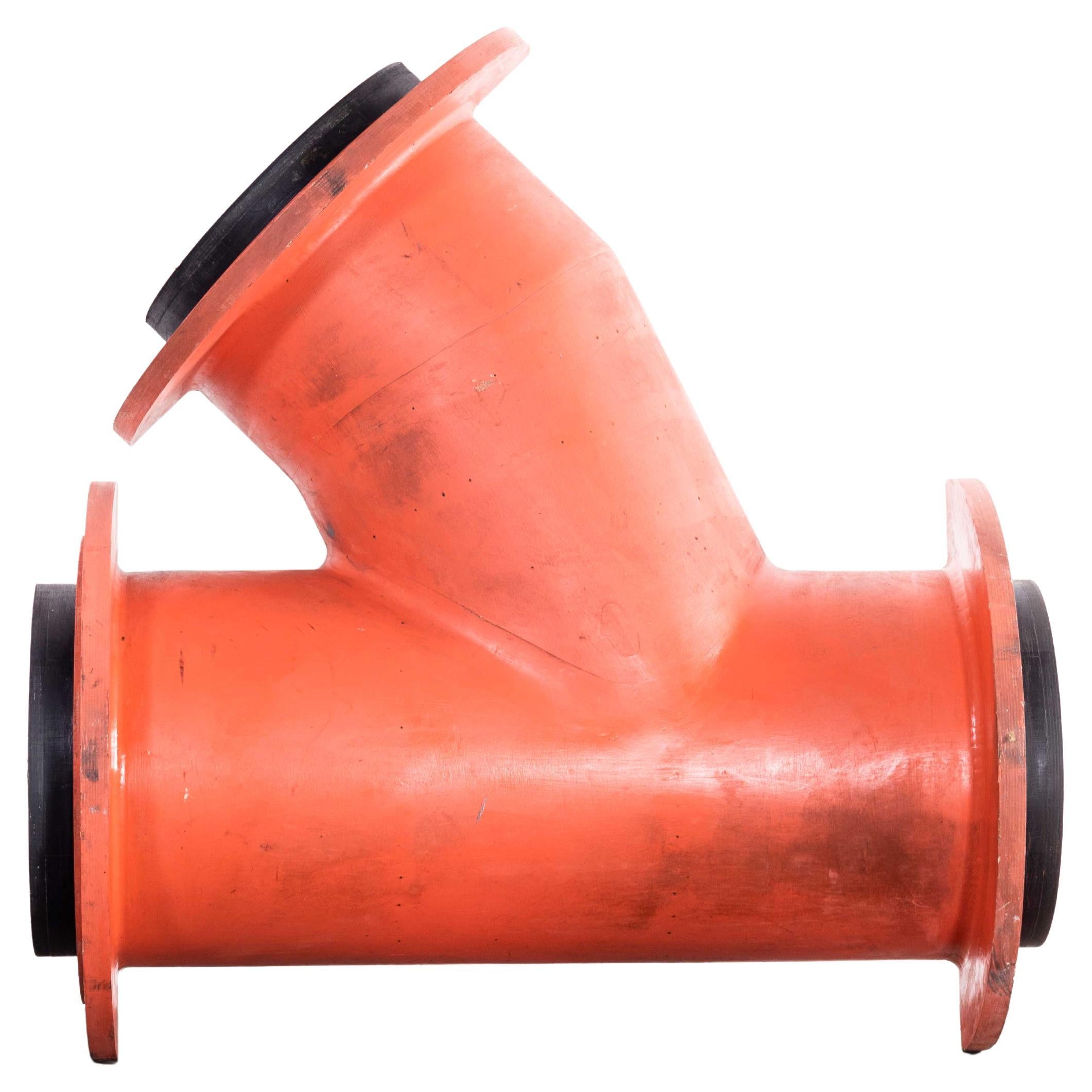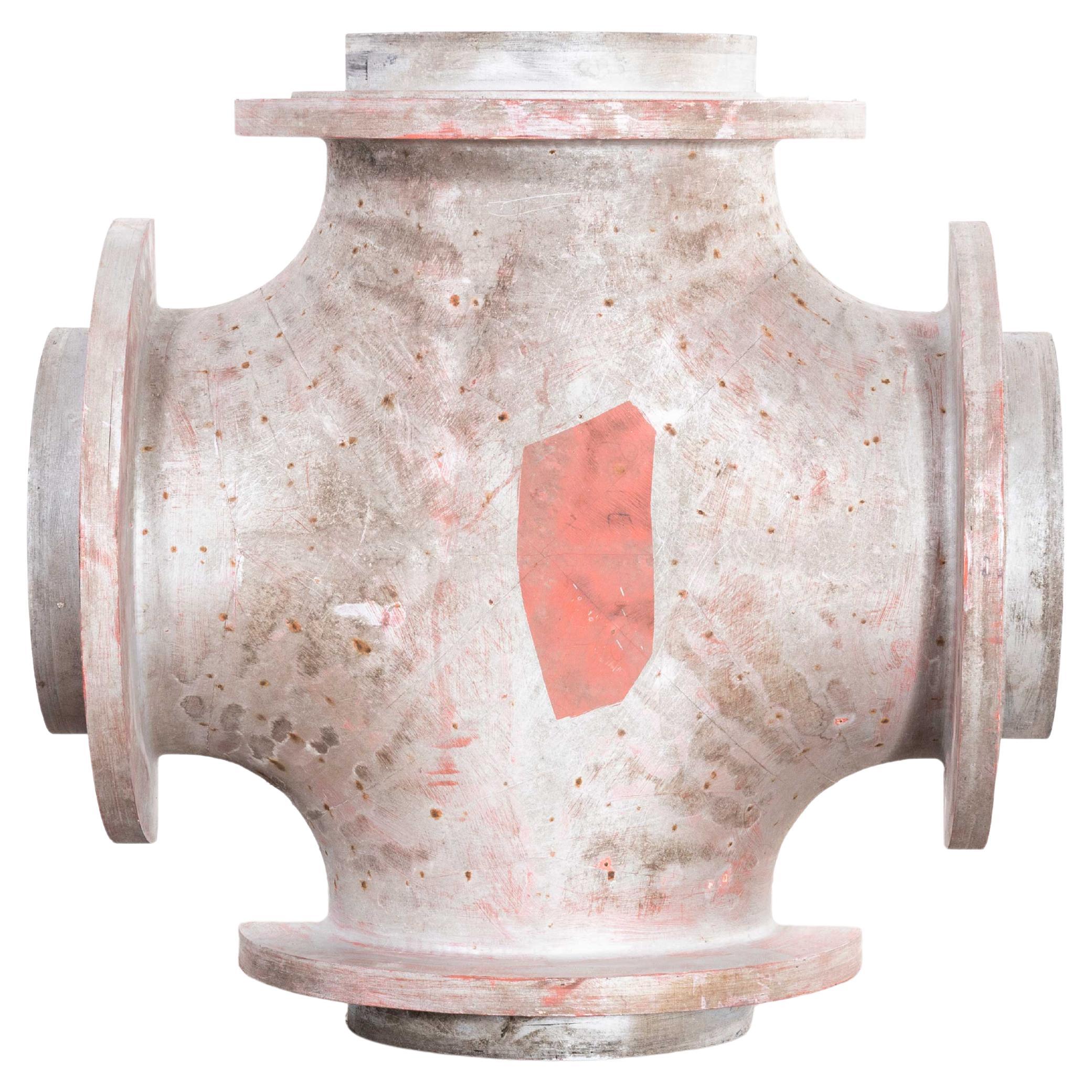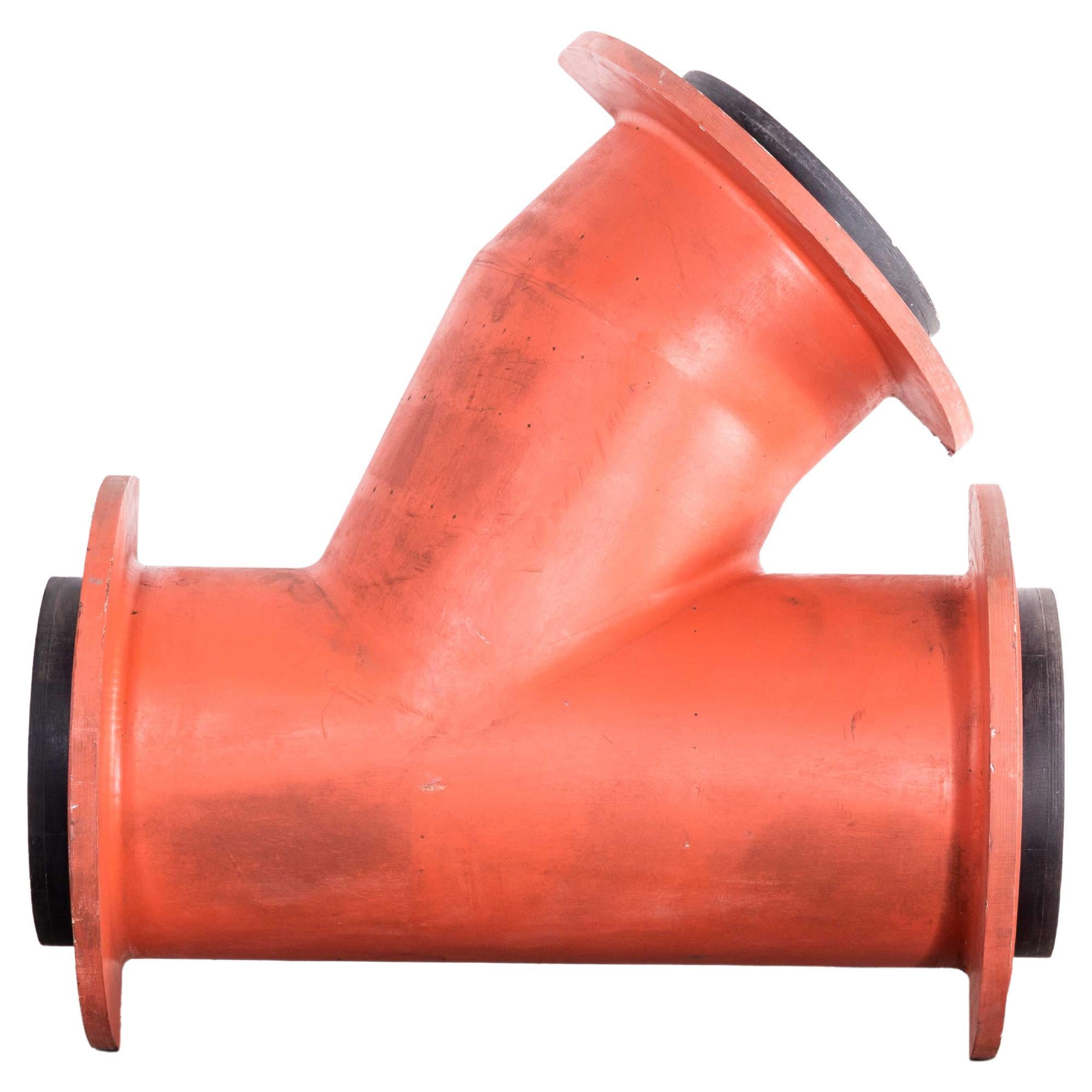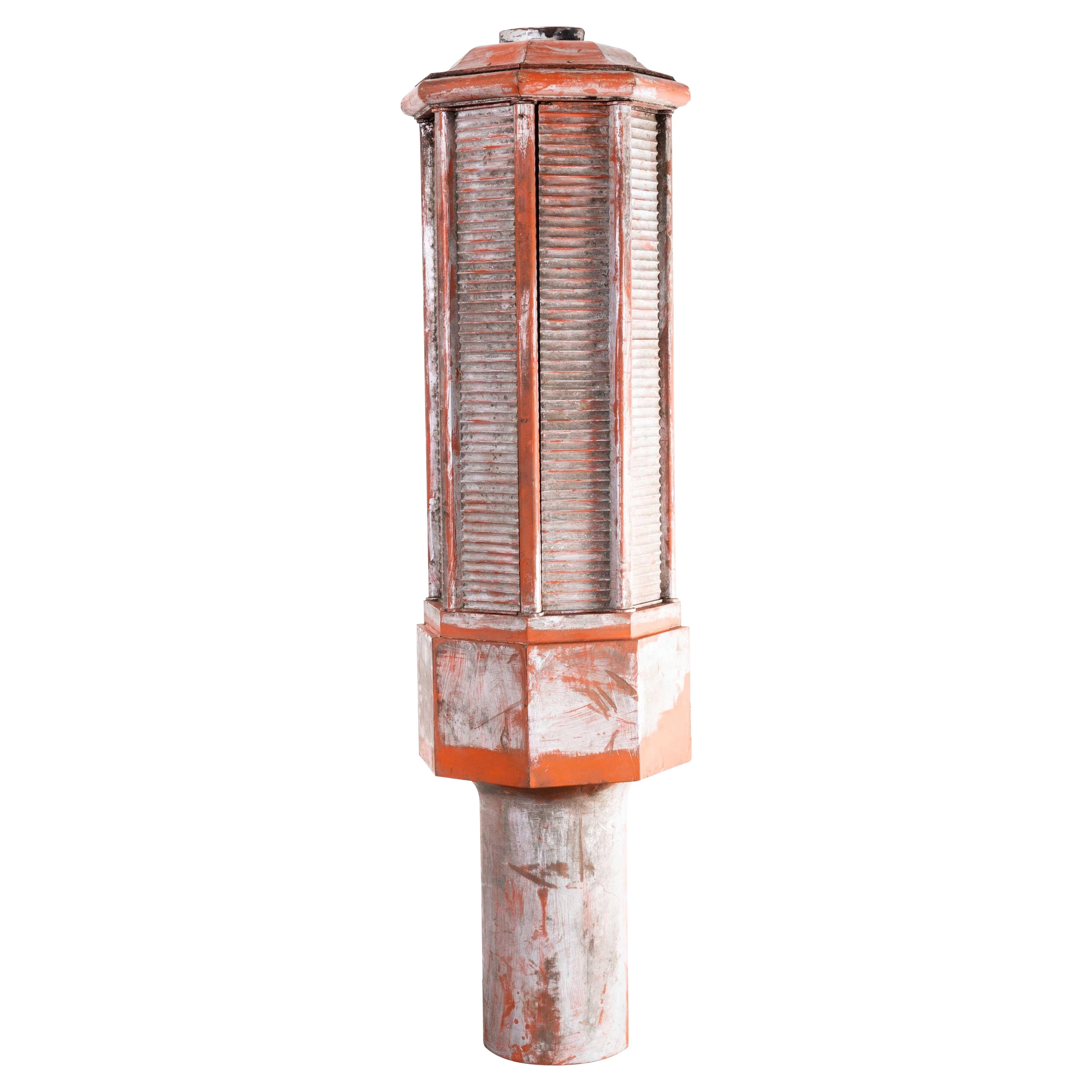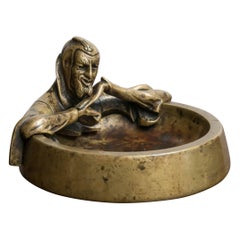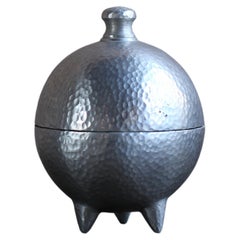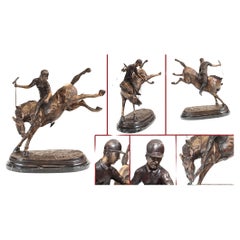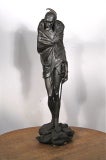
Méphistophélès Casting
View Similar Items
1 of 8
Méphistophélès Casting
About the Item
- Dimensions:Height: 29 in (73.66 cm)Diameter: 9 in (22.86 cm)
- Materials and Techniques:
- Period:
- Date of Manufacture:20th Century
- Condition:Excellent Condition.
- Seller Location:Vancouver, CA
- Reference Number:Seller: SC00271stDibs: U1204059015242
You May Also Like
- Late 19th C Effigy of Mephistopheles on a Bronze Dresser TrayLocated in San Francisco, CALate 19th C Effigy of Mephistopheles on a bronze dresser tray. Leaning into the tray with a contemplative pose and conniving expression. Best known for his role in Faust. Caught in h...Category
Antique Late 19th Century Austrian Art Nouveau Figurative Sculptures
MaterialsBronze
$960 Sale Price23% Off - Vintage Aluminum Casting Case with TexturedLocated in Sammu-shi, ChibaA vintage accessory case by a Moroccan artist. Made of cast aluminum with a unique shape. The texture of the texture that seems to be finely tapped is...Category
Vintage 1970s Moroccan Post-Modern Abstract Sculptures
MaterialsAluminum
$960 Sale Price36% Off - Bronze Polo Player Statue - Horse Jockey CastingLocated in Potters Bar, GBStunning English Bronze statue showing polo player on a bucking bronze Stands in at over two feet tall so an impressive work The patina to the bronze is superb and this is ready to d...Category
Vintage 1980s Figurative Sculptures
MaterialsBronze
- Antique Brass Eagle Wings Spread Furniture CastingLocated in New York, NYSolid brass casting of an eagle with its wing spread. It mounts at the bottom. Good condition with appropriate wear from age, with patina. One available. Please note, this item is lo...Category
Early 20th Century American Animal Sculptures
MaterialsBrass
- Vintage Aluminum Casting Flower Base with PolishedLocated in Sammu-shi, ChibaA vintage vase by a Moroccan artist. The artist is unknown. Made of cast aluminum with a unique shape. Polished finish.Category
Vintage 1970s Moroccan Post-Modern Vases
MaterialsAluminum
$760 Sale Price36% Off - Bronze Casting from the 1930s Giovanni De MartinoBy Giovanni De MartinoLocated in bari, ITDe Martino is a classical artist, known for the production of sculptures of small bronze busts, in particular (“scugnizzi”, fishermen, commoners) with realistic features. He trained at the Academy of Fine Arts in Naples under the guidance of Stanislao Nome, Gioacchino Toma, and Achille D ’Orsi, from whom he learned the ability to portray the most realistic details using them on very young subjects. Very young he moved to Paris where he performed small sculptural groups, exhibiting frequently at the "Paris Salon" where he won the prize of the Louvre Museum for the bronze work Le Pêcheur de criquets (The Fisher of locusts, Naples, private collection). Returning to Naples, he returned to a socialist realism and produced sculptures depicting characteristic Neapolitan types, especially urchins, “street urchins”, little boys and young fishermen. From 1916-1931 he was master of the sculptor Angelo Frattini. Later the dominant theme of his production was childhood, in particular thoughtful, sad, gaunt children were represented in his works, on whose faces the signs of abandonment and suffering emerged. De Martino became known with the nickname of “The sculptor of children”.Category
Vintage 1930s Italian Other Figurative Sculptures
MaterialsBronze







